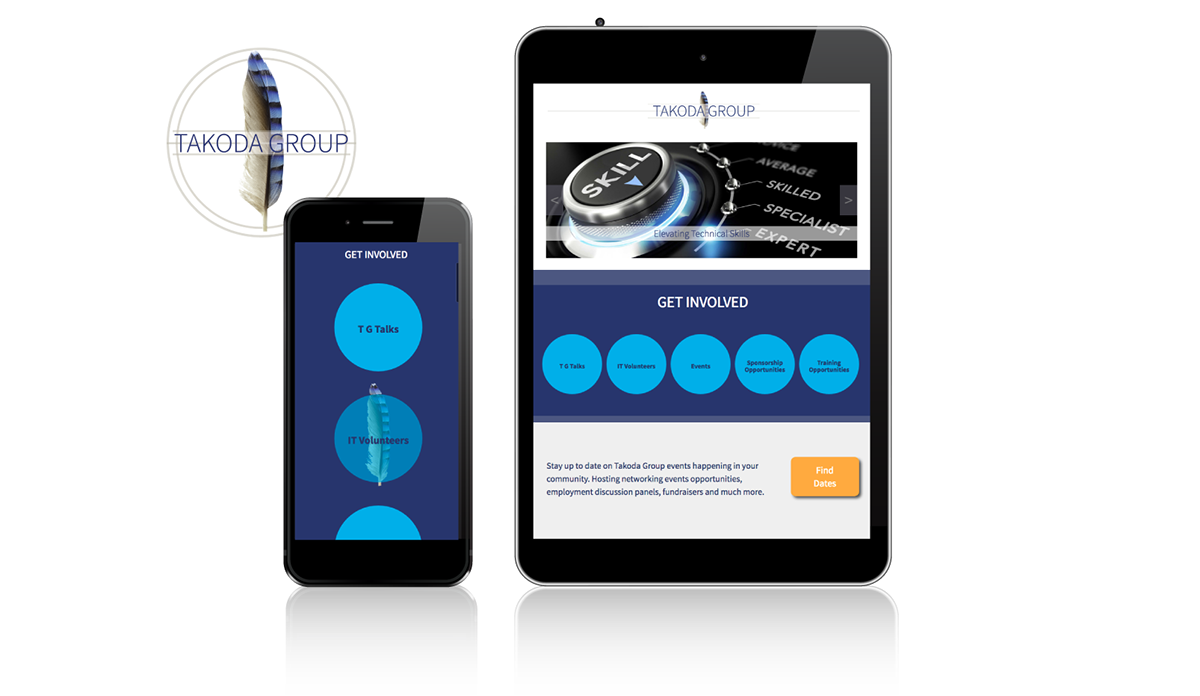In 2014 I went to work designing for a social enterprise that prioritized advancing Native American health, education and financial security. I was profoundly affected by my successes and failures at determining design strategy for impacting highly consequential issues many Natives in my community faced at the time, and still do. This role drove me to pursue a Masters of Science in Human Centered Design at University of Washington, Seattle (2020).
Below I provide a quick look at outcomes from a several projects I led and completed during this phase of my career.
PROJECT
American Indian OIC
Role: UX Designer Lead, Visual Designer
Objective: Modernize and reposition brand; quickly connect Native community members to resources and information they need.
Outcome: Brand evolution and new website
As the sole designer on this project I collaborated with Native American stakeholders and AIOIC leadership to develop a content and design strategy for a new website that prioritizes their constituents needs and goals while also advancing their organizational strategy.
Home Page at Project Start
Problem Space
40 years ago the founders of the American Indian Movement (AIM) created American Indian Opportunity & Industrial Center (AIOIC) to be a voice uniting Native community members in action. Over the years other initiatives were prioritized and their leadership voice was weakened along with their connection to their core constituents, the Native American community.
Challenge
Through focusing on the users goals, needs and desires how might we create a web presence that helps AIOIC reclaim it’s roots in Native American advocacy and strengthen connectivity to their core constituents, the Native people within urban and tribal communities?
UX Design Goals
Prioritize core services and simplify the UI to make it easy for visitors to quickly find the content they desire.
Become a center for awareness and dialogue around Native urban and tribal issues and current events.
Evolve the American Indian OIC brand into the present and for the future.
Process
Research
Content Audit of Current Site
Interview AIOIC Leadership Stakeholders
Interview AIOIC Program Directors
UX Strategy
Content strategy
Site Map
Task flow Diagrams
Share with Developer
UX Design
Ideation and Design
Wireframe
Visual Design
Evaluate - Iterate on Design
Provide Specifications to Developer
Outcome: Simplified Site Architecture
Home Landing Page—Outcomes
• New Information Architecture (IA)
• Branding: new visual look and tone
• New content strategy
User Centered Design Achievements
Color and visual imagery resonate with intended audience
Simplified UI makes it quick and easy for visitors to find content and achieve goals
Succeeds to evolve AIOIC brand by extending highly recognizable eagle graphic element from legacy branding.






